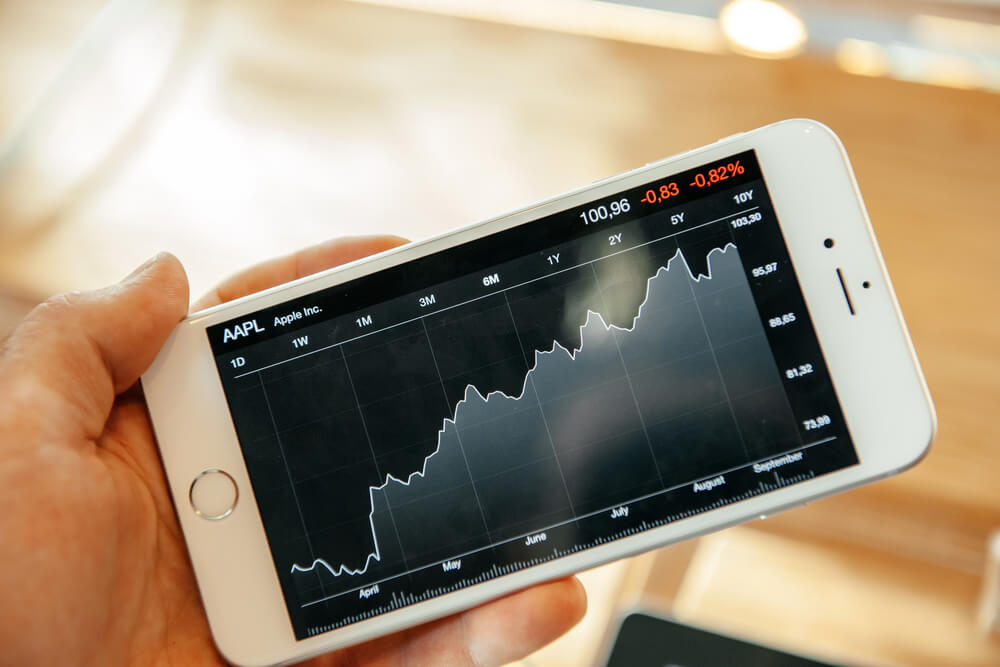
What Is Stocks Barcoding, and What Is Its Use Of It?
Traders often use uncommon terms. It’s like a unique language a community speaks with its expressions. For Instance, when they say “Cable,” they might be talking about a GBP/USD currency pair.
However, as we explore the trading world, it’s important to acknowledge that not all terms are universally recognized. Some are niche, known only to a select group of traders who have adopted them into their vocabulary. One such example is the intriguing concept of “stocks barcoding.”
What Does Stocks Barcoding Mean?
When a stock is barcoding, it trades within a tight price range, similar to the lines of a barcode. This reflects a specific trading pattern akin to inventory control systems where barcode technology helps manage product information efficiently. In the stock market, this pattern indicates low volatility and steady trading.
Why do Stocks Barcode?

Stock barcodes result from algorithmic trading that maintains prices within a narrow range, mirroring an inventory management system’s precision in tracking real-time product codes and stock levels. This balance indicates a controlled trading entity like a well-managed inventory system.
For example, apple stocks have traded between $145 and $150 without a clear direction. As an investor, you have a few ways to trade during this barcoding period. You could buy Apple when its price nears $145, hoping it will go up, or sell when it nears $150, expecting it to go down.
Another strategy is to wait for the early break out of this range before acting. If the price rises above $150, you might buy, aiming for $160. If it drops below $145, selling could be wise, with a target of $140.
Your Questions, Answered: Understanding Stocks Barcoding in Trading
As stock barcoding is still a relatively puzzling term in the world of trading, here are all the questions you might have regarding this term – ANSWERED:
– Should I Trade a Barcoding Stock?
It might be challenging due to its minimal price movement, similar to trying to find rapid changes in stock levels monitored by a barcode inventory system. Therefore, traders must assess if the stability offered matches their trading strategy.
– What Are The Benefits?
Similar to how barcoding systems benefit small businesses by providing real-time information on inventory levels and enhancing stock control and assets. Hence, it shows predictability and stability tracking.
– Who Uses Stock Barcoding?
Algorithmic traders and institutions use barcoding patterns in stocks, like businesses that employ barcode technology to store inventory control and manage stock levels efficiently.
– How Are Stock Barcodes Generated?
Algorithmic trading systems create stock barcodes through repeated, precise actions, similar to how a barcode scanner reads product information to track and manage inventory in a control system.
– Can Barcoding Be Used For Any Stock?
Yes, it can occur in any stock, showcasing the versatility of barcode technology in efficiently tracking and managing various types of products, regardless of their nature.
– Can Barcoding Be Used For Tracking Stock Ownership?
While barcoding in trading doesn’t directly track stock ownership, the concept suggests a systematic approach to monitoring, akin to using a barcode inventory system to track product movement and stock levels.

– Can Barcoding Prevent Stock-related Fraud?
Identifying barcoding patterns can make investors more aware of potential manipulation, like how barcode technology enhances transparency in inventory management, reducing errors and fraud.
– Are There Any Industry Standards For Stock Barcodes?
No formal standards exist for barcodes in trading, as it’s an observed pattern rather than a regulated practice, unlike the standardized barcoding systems used in retail and inventory management to ensure consistency and reliability.
– Can Barcoding Help in Stock Valuation?
Barcoding primarily indicates trading patterns and doesn’t directly contribute to stock valuation. It is similar to how barcode technology aids in managing inventory levels rather than determining the value of the inventory itself.
– Can Barcoding Be Used For Tracking Stock Market Trends?
Barcoding reflects short-term patterns rather than long-term trends. This is akin to how a real-time barcode inventory system provides immediate, not future, insights into stock levels.
– Are There Any Limitations or Drawbacks of Barcoding in Stocks?
The main drawback is its limited potential for profit due to low volatility, similar to the challenges small businesses might face if relying solely on barcode technology without adapting to market changes and demands.
Conclusion
In conclusion, stock barcoding unveils a unique trading pattern marked by low volatility and algorithmic precision. While it offers stability, traders must carefully assess its compatibility with their strategies due to minimal price movement.
Recognizing barcoding patterns aids vigilance against potential manipulation, though no formal industry standards exist. As the financial landscape evolves, understanding these nuances helps traders navigate the dynamic finance world.




